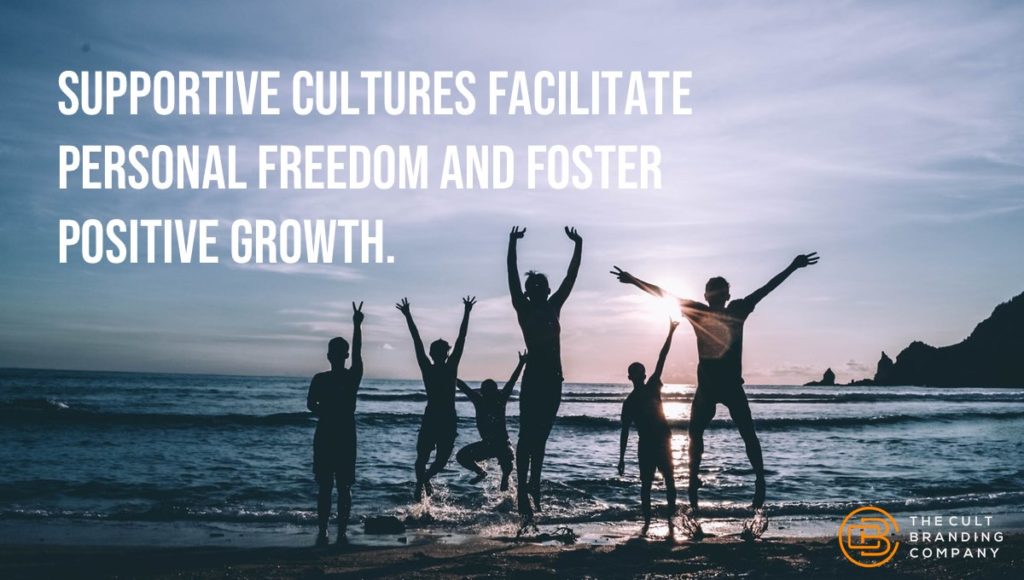
If someone told you your company is a cult, how would you take it?
Instead of getting offended, you may want to feel a sense of pride. It all depends on how you look at cults and the role they play in creating your corporate culture.

Your customers are human beings. Your employees are human beings. And yes, you are human too.
But what does it mean to be human?
As humans, we are conscious of certain names, dates, memories, beliefs, concepts, and aspects of our identity.
This collection of details are all above the surface. They are available to our conscious minds, retrievable by our thinking brains.
Below the surface, however, a vast reservoir of energy and instincts exists of which humans are not aware. Psychology calls this subterranean the subconscious mind and the unconscious mind.
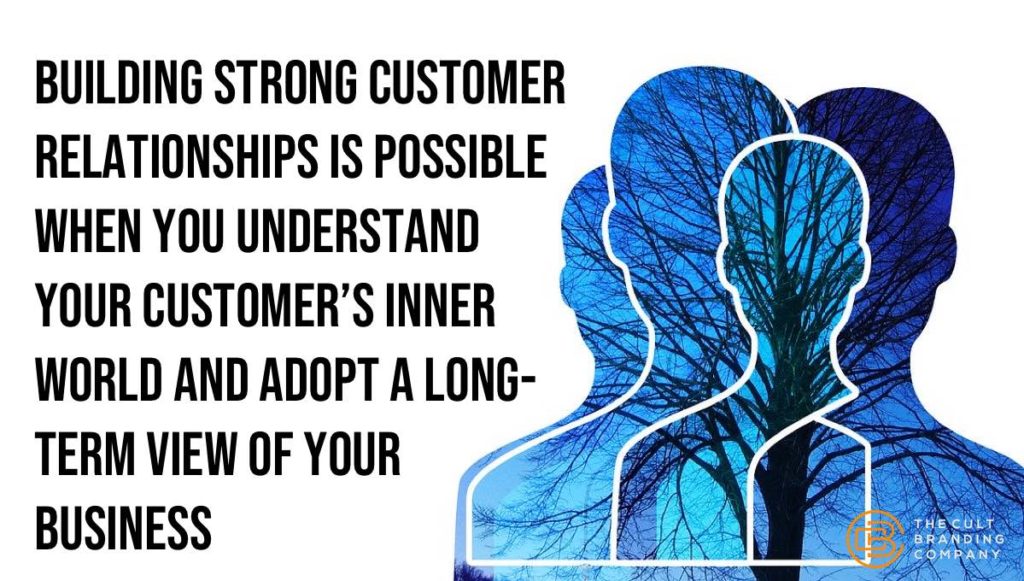
Businesses that succeed in the long-term have leaders with a long-term perspective. They have an inspired vision. They can see the latent potential in their people and within the enterprise itself.
The customer is vital to the actualization of this vision. Ideally, the customer is at the heart of it.
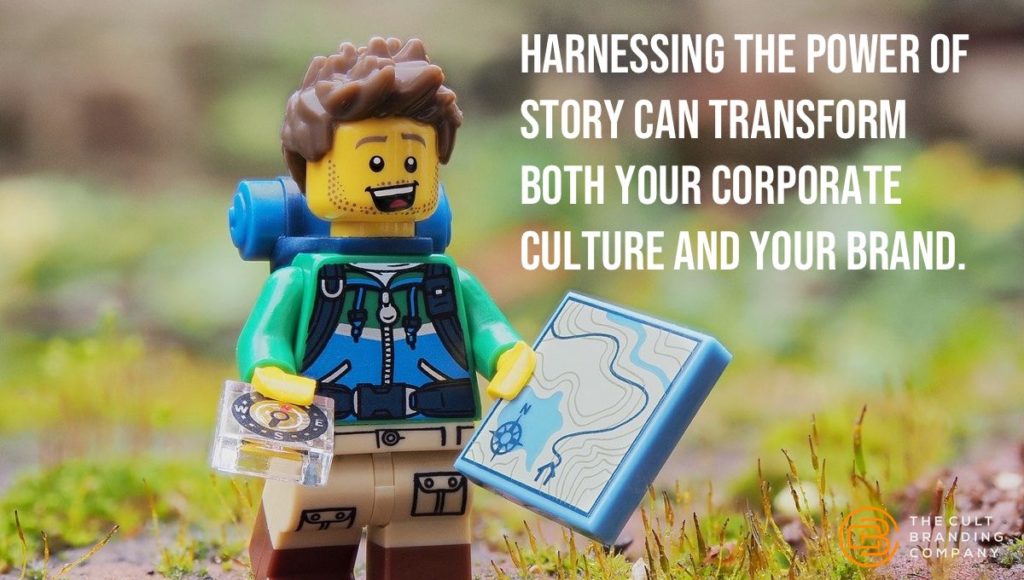
“Good morning city!”
Emmet Brickowski was a construction worker, your everyday guy. He followed printed instructions on how to fit in, have everyone like him, and always be happy.
But Emmet had a greater destiny: to become a Master Builder. Master Builders don’t have to follow instructions. Inspired by others, they create from what’s inside of them.
If you don’t know Emmet, you may have heard of The Lego Movie. The Lego Movie premiered in February 2014, grossing $468 million worldwide at the box office.

A customer named Lisa walks into your store.
As she roams the aisles, her eyes gaze at an endless sea of colors and forms. She isn’t overwhelmed; she’s accustomed to endless choice.
Her mind is elsewhere. Something her daughter asked her this morning amuses her. She feels joy. Now she wonders if her husband kissed her before he left for work. A feeling of disconnection comes and goes.
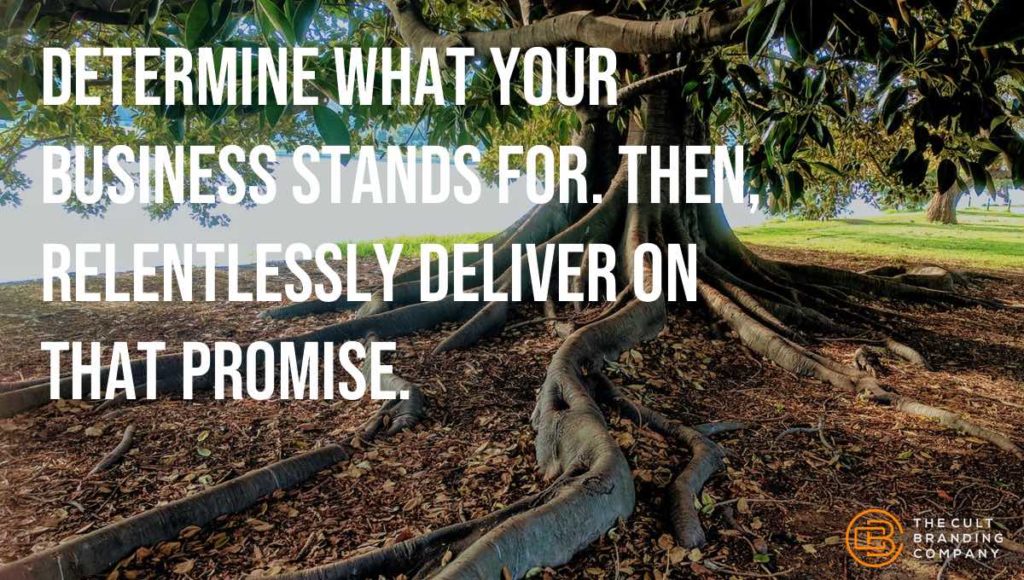
Tim works down the street. He rushes into your store. Late for a meeting, he stepped into a puddle after lunch and his damp socks are bothering him.
He grabs the first pair of black mens dress socks he finds, pays for them, and hustles back to work.
Sandra takes a trip to your store after work. It’s her friend’s birthday and she needs the right gift. She always finds what she needs at your store.
Tim and Sandra are both your customers. They both contribute to your bottom line. But only one of them will lead to long-term profitability in up and down markets.
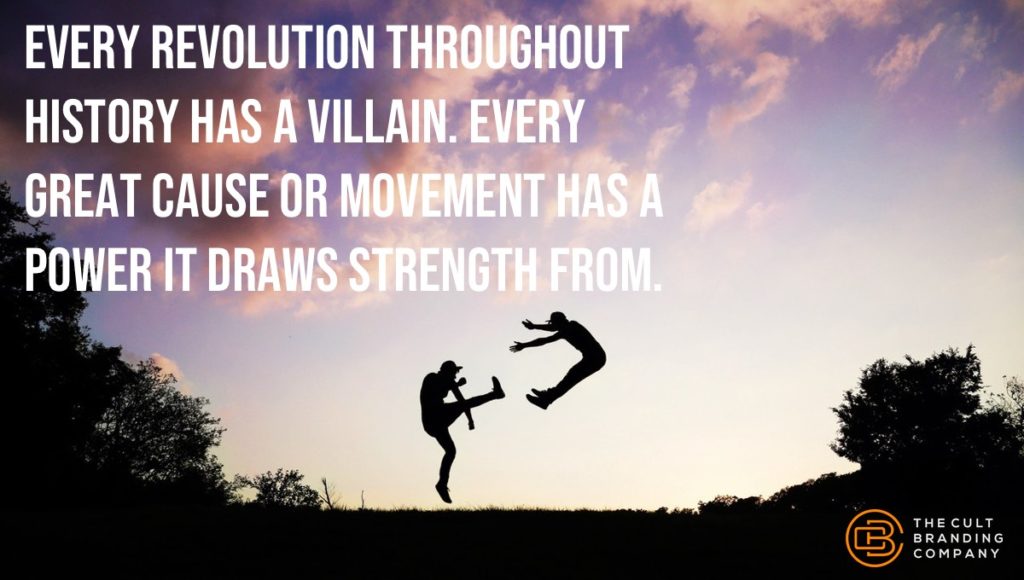
“The history of the present King of Great Britain,” Thomas Jefferson writes in the Declaration of Independence, “is a history of repeated injuries and usurpations, all having in direct object the establishment of an absolute Tyranny over these States. To prove this, let Facts be submitted to a candid world.”
Jefferson goes on to list 26 items as evidence of the king’s tyranny. This evidence, which takes up more than 50% of the Declaration itself, was vital to the document’s purpose: to rally the people of the thirteen colonies, to stand united as one people.
And like all great leaders of Cult Brands, the founding fathers of the United States knew that in order to stand together, you need an archenemy to stand against.
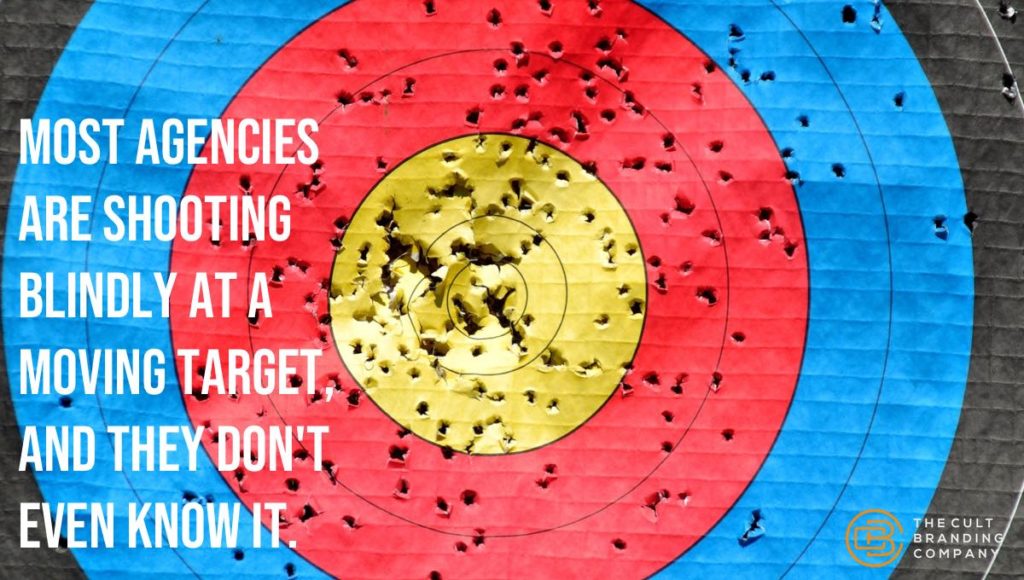
Your customer has many options.
They can meander into your store or stop by your competitors’.
On their devices, they can do the same or let Google offer dozens of other alternatives they might not even know exist.
How do they really make their decision on where and what to buy? More importantly, what can you do to influence their decision to choose you?